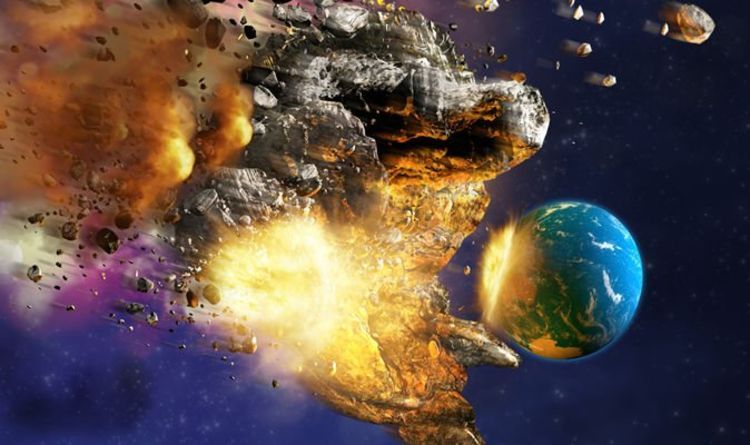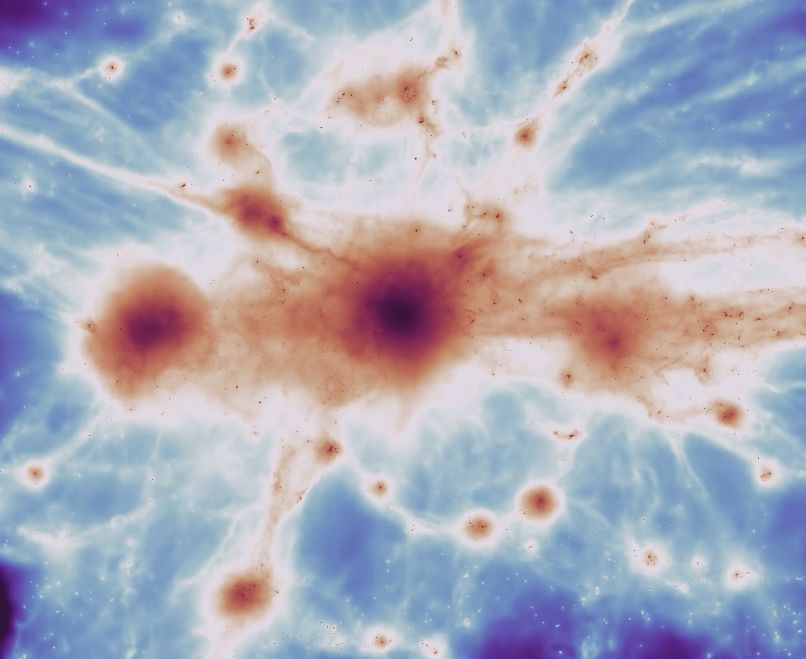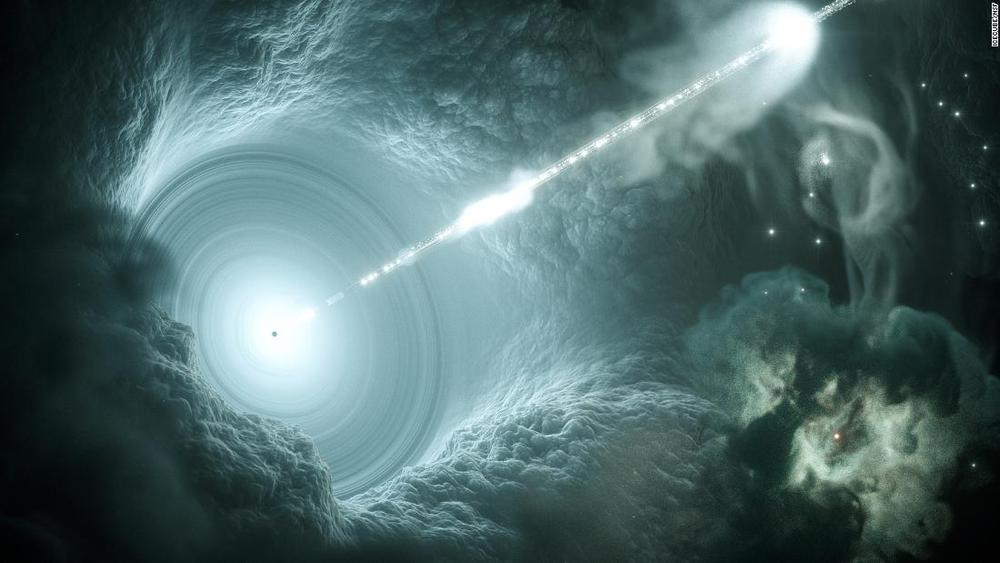It marks the first time a plant has been grown on the moon.


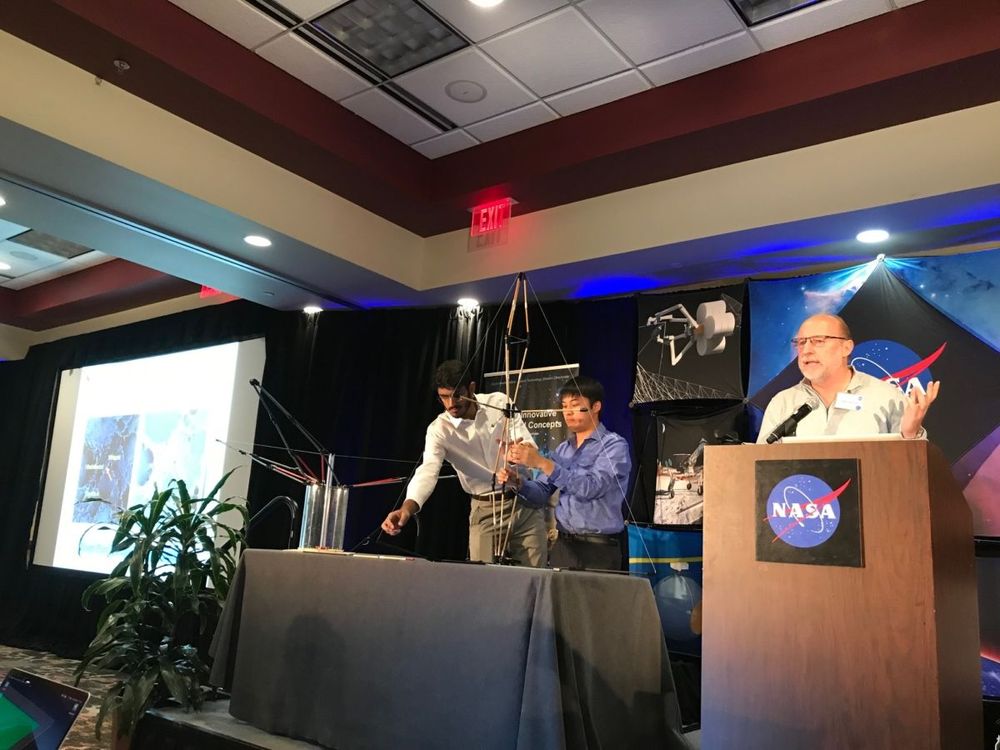
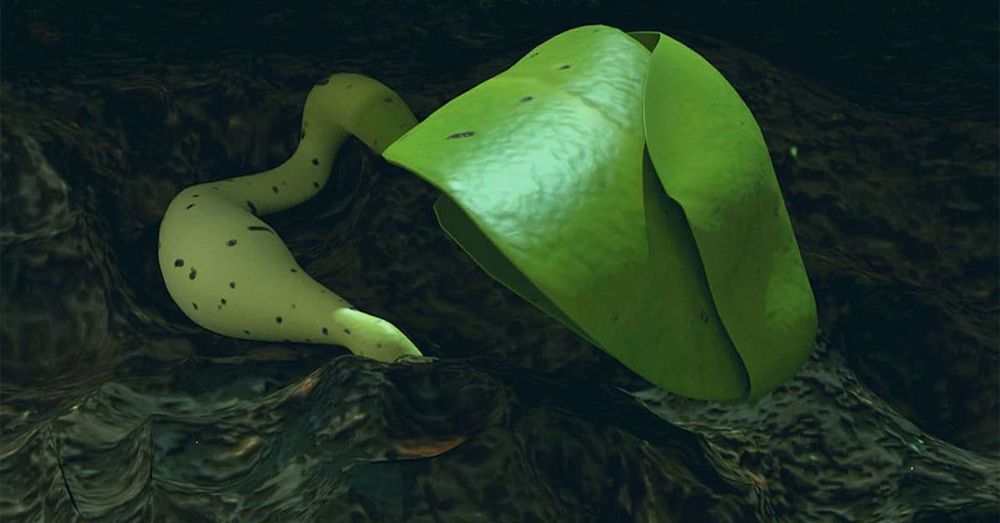
China has broken new lunar ground, successfully growing cotton on the moon for the first time. The experiment was part of the Chang’e 4 project, in which China is exploring the far side of the moon with a lander. This is the same lander that recently discovered a mysterious gel-like substance on the moon’s surface.
The cotton plant was one of several organisms encased in a mini biosphere weighing just 2.6 kilograms (5.7 lbs) with a pressure of 1 atmosphere which was aboard the lander. The organisms experienced an environment largely similar to that on Earth, however, they did have to contend with both space radiation and microgravity.
In an interview with engineering magazine IEEE Spectrum, project leader for the experiment Xie Gengxin explained more about the challenges of growing plants in the restricted environment. “The weight of the Chang’e-4 probe demanded that the weight [of the experiment] can’t exceed three kilograms,” he said. That’s why it was important to select the biological samples in the experiment carefully.
Neil Harbisson has an antenna implanted in his skull that allows him to feel colour, while Moon Ribas has sensors in her feet that allow her to feel earthquakes.
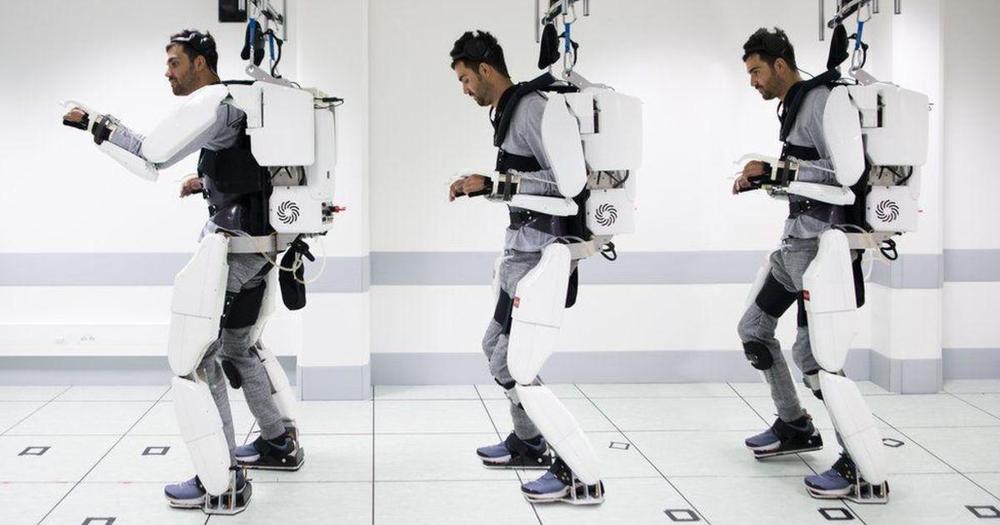
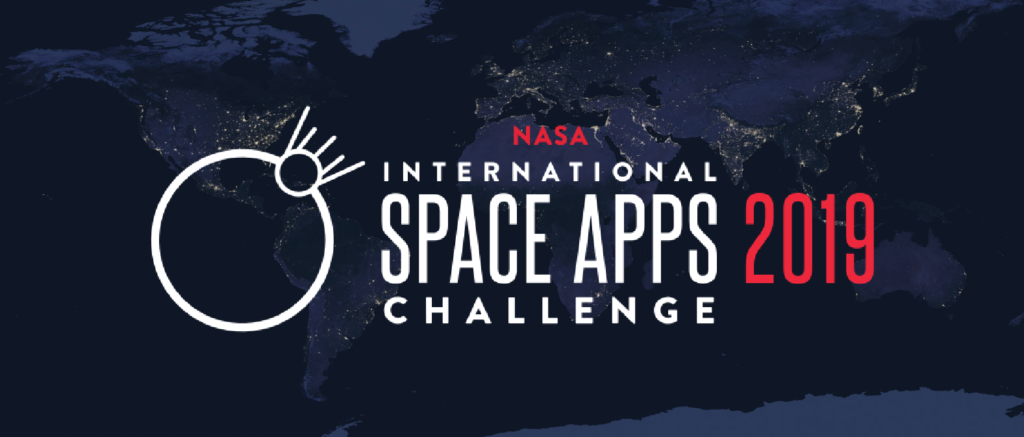
MANILA, Philippines — Now in its 8th year, Space Apps is an international hackathon for coders, scientists, designers, storytellers, makers, builders, technologists, and others in cities around the world, where teams engage with NASA’s free and open data to address real-world problems on Earth and in space. Space Apps 2018 included over 18,000 participants at more than 200 events in 75 countries.
Since its inception in 2012, NASA’s International Space Apps Challenge has become the world’s largest global hackathon, engaging thousands of citizens across the globe to use NASA’s open data to build innovative solutions to challenges we face on Earth and in space.
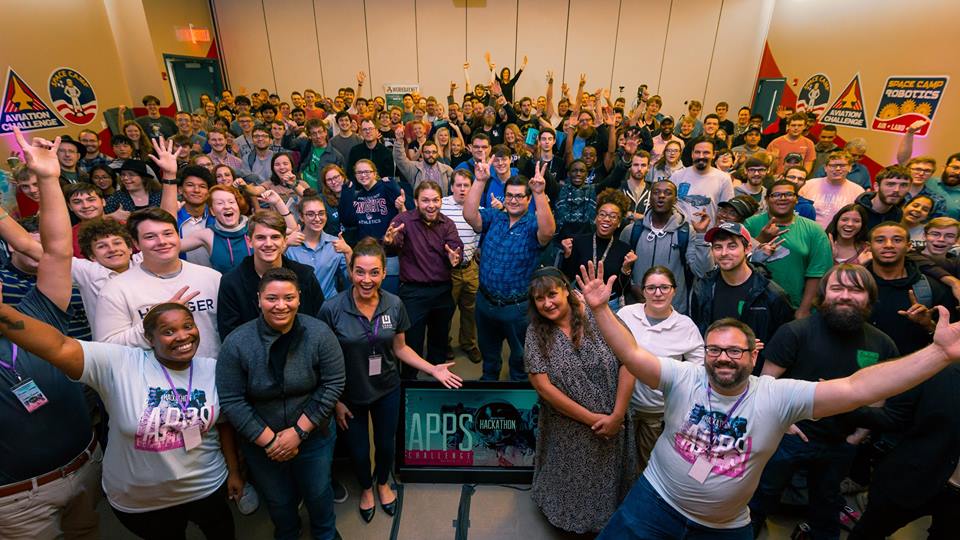
The NASA International Space Apps Challenge (or Space Apps) is an international hackathon that will take place over a 48-hour period in cities around the globe between October 18 and 20, 2019. The event embraces collaborative problem solving with a goal of producing open-source solutions to challenges we currently face on Earth and in space.
NASA’s InSight lander has picked up on some interesting rumblings on Mars, and the space agency shared them Tuesday in a blog post.
The spacecraft is equipped with an incredibly sensitive seismometer called the Seismic Experiment for Interior Structure (SEIS), which is designed to listen for marsquakes. By examining how seismic waves move through the planet’s interior, scientists hope to learn more about Mars’ deep inner structure.
InSight placed the seismometer on Mars’ surface in December, but it took until April for the instrument to detect the first likely marsquake. More than 100 events have been detected, and around 21 of them are “strongly considered to be quakes,” NASA says.
